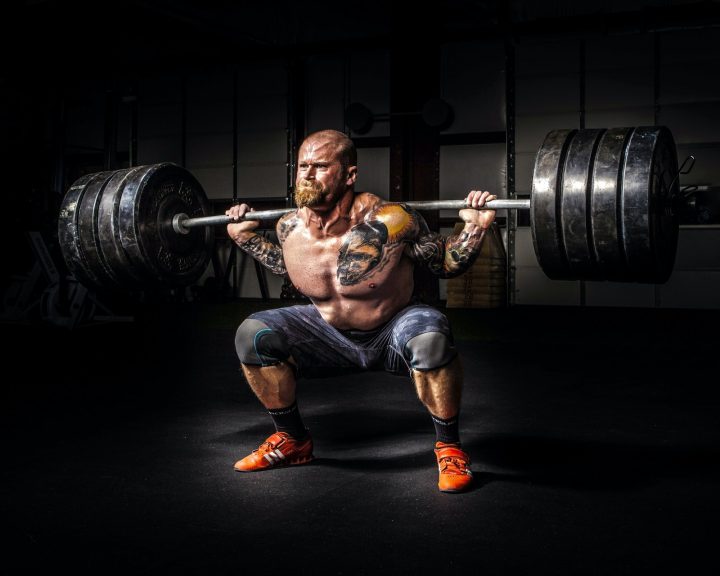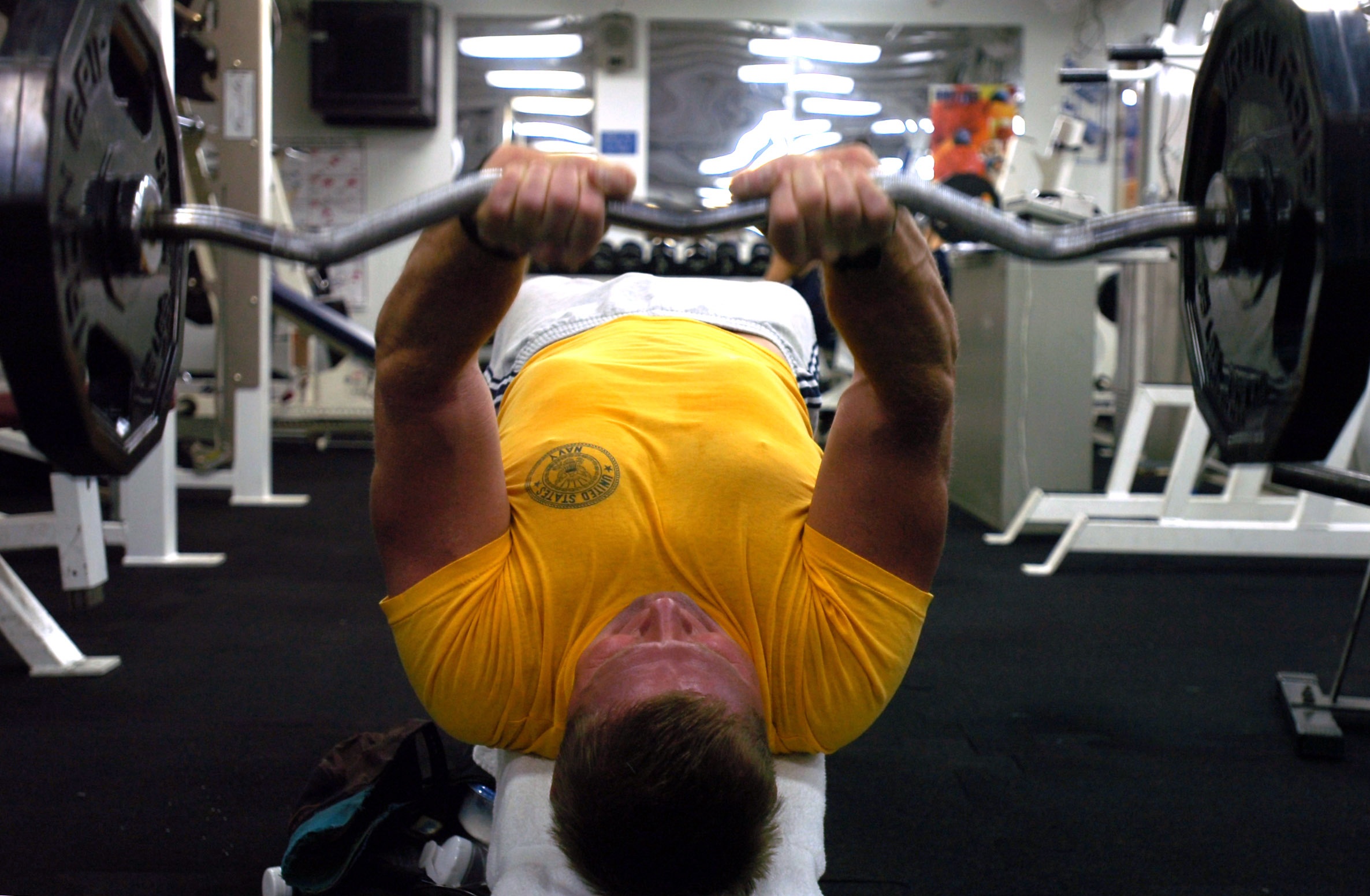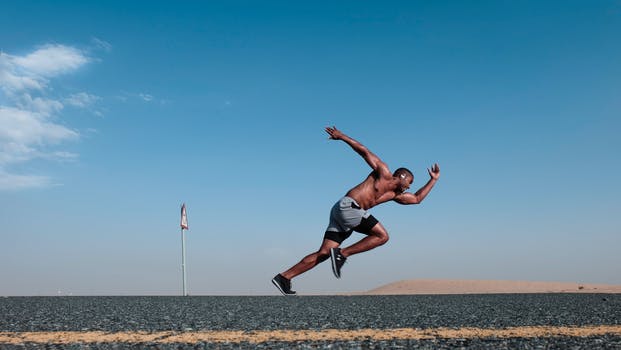Agility is a challenging subject for many strength and conditioning professionals as well as many athletes. It’s challenging because it is sport-specific, situation-specific, and represents the bringing together of a huge number of physical qualities and skills.
In terms of physical qualities; agility requires running speed, an agility to change direction, mobility, strength, power, reaction time, and an ability to see what is going on and select the correct response. While most of these qualities can be improved through training, there are genetic ceilings to each of them and all athletes have strengths and weaknesses with each quality that may impact their agility. For example Athlete A may be very strong, powerful, and fast but have a terrible reaction time.
Each of these physical abilities can be trained in isolation. For example, we lift weights to become stronger which helps us to exert force against the ground, an opponent, or the ball. Lifting weights and plyometrics improve our explosiveness. Sprinting improves speed. Choreographed or random drills improve change of direction. Many drills can be used to improve reaction time.
The challenge is in making these sport-specific. Every sport has movement patterns that are unique to the sport. If a strength coach or aspiring athlete is not familiar with these patterns then an agility program is not going to effectively address the needs of the sport. This also means that there are no universal fundamental skills, while each sport has fundamental skills these are executed slightly differently in each sport. For example take a backpedal; a football defensive back is performing a different skill when covering a wide receiver than a basketball player is while trying to defend a ball handler and this is a different skill than a right fielder in baseball who is moving back to catch a fly ball. All three involve moving backwards, but all skills are fundamentally different.
This presents some difficulties for a coach or an aspiring athlete. First, all those physical qualities have to be developed to help improve an athlete’s agility. For most, this is the easy part. Second, there has to be an understanding of the fundamental movement patterns that are inherent to a sport an even a position. This is not a small task if the coach did not play that sport. Finally, all of this has to be put together into an effective program.
The most effective programs are those that maximize an athlete’s time and try to link up the skills being performed in the weight room to the skills being performed in speed and agility training. For example, if we’re doing heavy, low-volume training in the weight room we probably don’t want to do long, high-volume sprints. With this in mind, below are some general thoughts:
• Put longer, higher volume sprints with higher volume weight room training.
• Rapid changes of direction tend to involve shorter sprints. This type of training goes well with lower volume weight room training (like Olympic lifting workouts, plyo workouts, maximal strength training, that sort of thing).
• Carefully consider the nature of the agility skills and organize them based upon their demands on the athlete. For example, there’s a big difference between teaching a cross-over step followed by stealing second base and teaching how to field a slow roller. They both involve baseball, but the volumes and skills are different.



